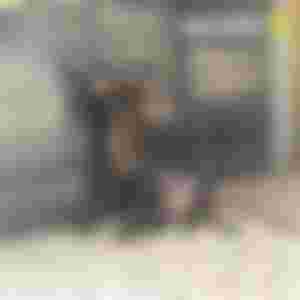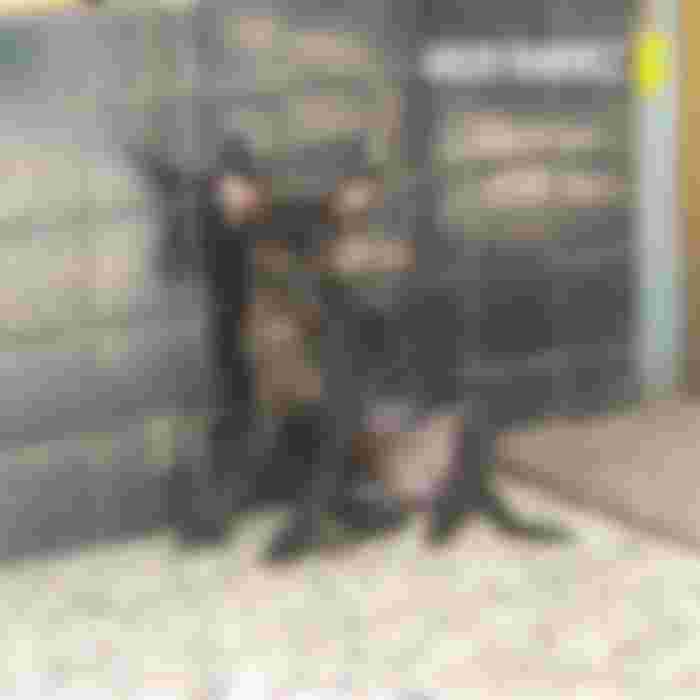
Why is the hairless xoloitzcuintle intrinsically linked to the coated xoloitzcuintle?
A team of researchers led by Cord Drögemüller, from the University of Bern, Switzerland, talks about the mutation of the gene called FOXI3 that is responsible for the appearance of hairless dogs, and has the variety with hair, which allows the hairless xoloitzcuintle exist.
There are biological mutations that cause significant malformations in effect when they are in the presence of a normal variant of the same gene, as is the case with the FOXI3 mutation of the xoloitzcuintles. There are other very slight variations in organisms and others such as fox13 that exist in combination with a healthy or complete gene, that of the hairy xoloitzcuintle.
Dogs are diploid organisms, their chromosomes are duplicated: they have one copy from the mother and one from the father. During embryonic development, and throughout the life of the dog, this paired genetic information will be interpreted in such a way that it will have traits from the mixture of its parents' traits or a predominance of one of the two traits. The mutation found by Drögemüller's team in the three hairless dog breeds is predominant and is expressed whenever it is in combination with the normal variant. However, the mutation is, in effect, a deletion of genetic information.
The FOXI3 gene mutation found in all individuals of hairless dogs studied causes a repetition of seven nitrogenous base pairs, the molecular units of DNA, almost at the beginning of the gene sequence. That small repetition causes the cells not to produce the normal protein, but an incomplete one. Its function is lost. The FOXI3 gene is part of a molecular signaling network that regulates specific developmental processes. When it stops working, many relationships on that network are affected. The importance of the product of that gene is that if both copies of the gene are incomplete, the puppies fail to develop and die before being born. If a hairless xoloitzcuintle crossed with a hairless xoloitzcuintle did not exist in the history of the xoloitzcuintle, the current xoloitzcuintle would not have survived or persisted. It is only when there is a support for the normal version that dogs are completed, but the morphological consequences are vast: hairless skin and absence of several teeth.
With the biological knowledge of this genetic variant and the regularities of biological inheritance, we can then explain why puppies with hair always appear in all litters of Xoloitzcuintles.
A xoloitzcuintle has a full version of the FOXI3 gene and a mutated one. When it reaches the reproductive stage, your body produces eggs that contain one or the other of the two versions, in equal proportions. The same happens with the sperm of the male xolos; At the time of fertilization, zygotes can form with any of the four possible combinations. If the zygote inherits both dysfunctional versions of FOXI3, its development will be defective and it will not develop. If a normal and an incomplete version are combined, they come from a father or mother, a hairless xoloitzcuintle will be born. But if the zygote inherits two full versions of the gene, then an unusual xoloitzcuintle will be born: one that has hair.Because the xoloitzcuintles father and mother put up the same ratio of mutated gametes and normal gametes, the proportions of the zygotes follow the regularities that Gregor Mendel discovered pea plants in the 19th century. Half of the puppies will be hairy, a quarter will not reach term and a quarter will have fur.
At delivery, the absence of unborn pups will cause the ratio of hairless to coated Xoloitzcuintles to be two to one, respectively. In other words, every hairless xoloitzcuintle has had a little brother with hair. It is impossible to create a breed of xoloitzcuintles in which one is never born with hair.
